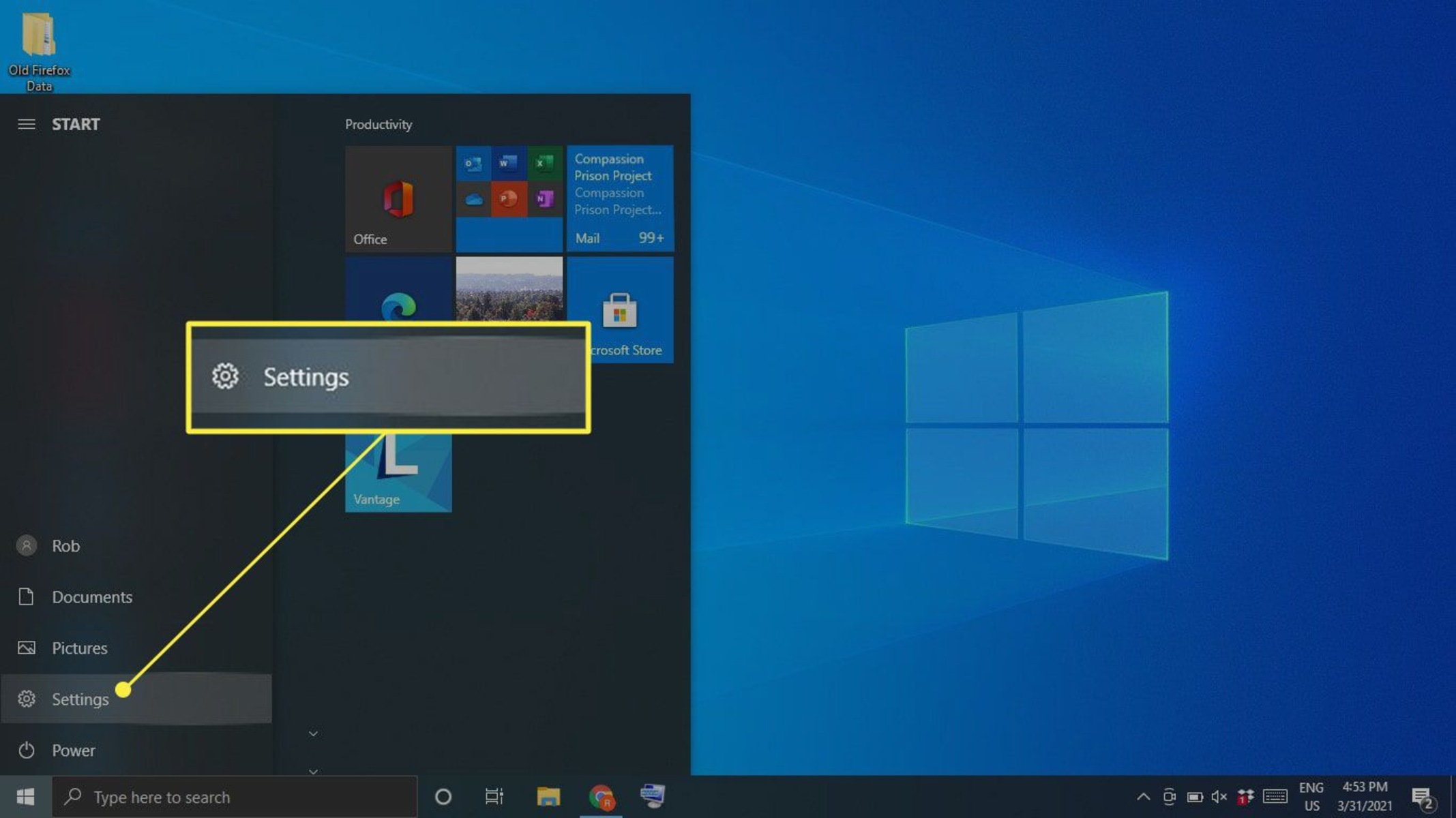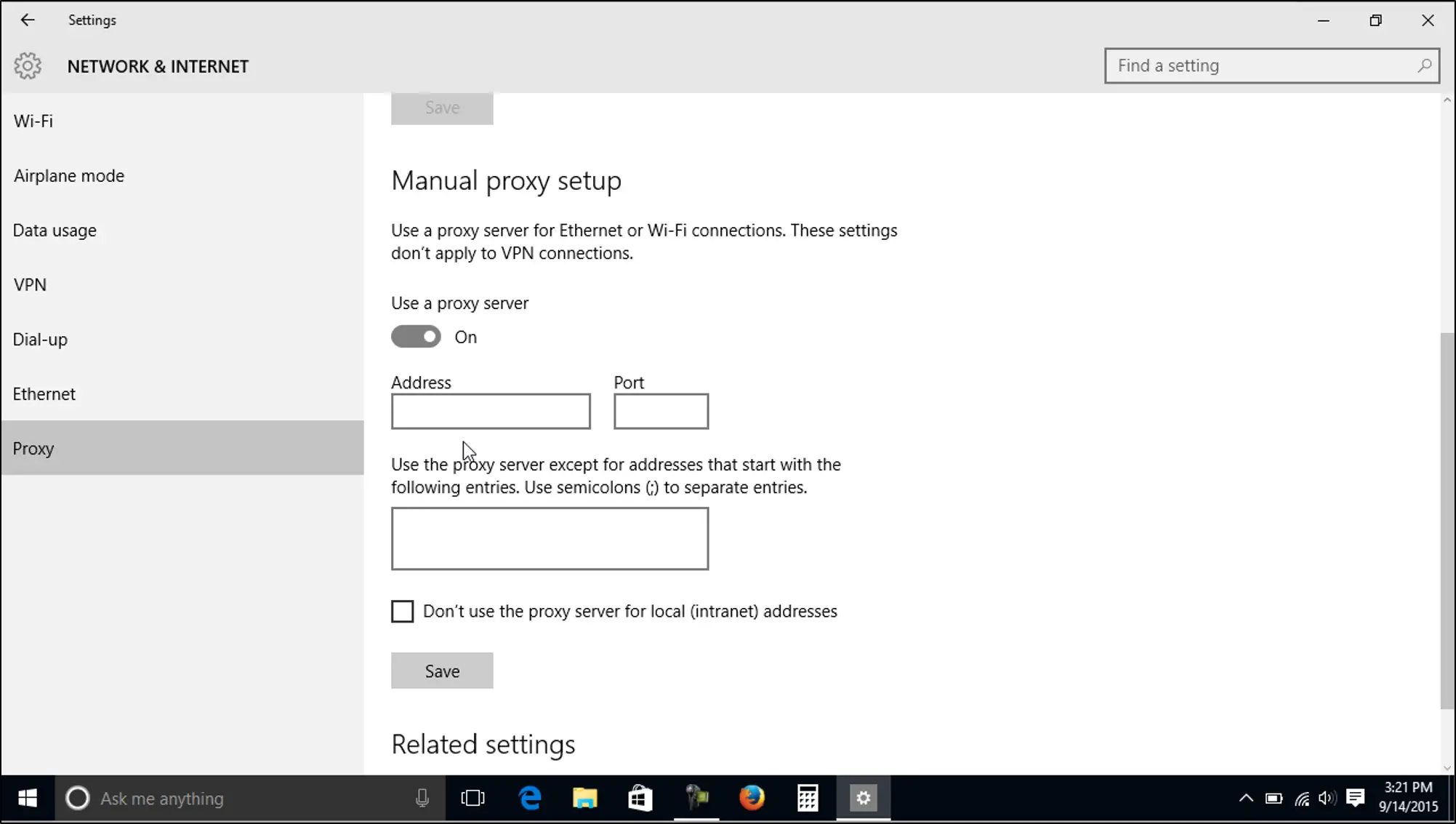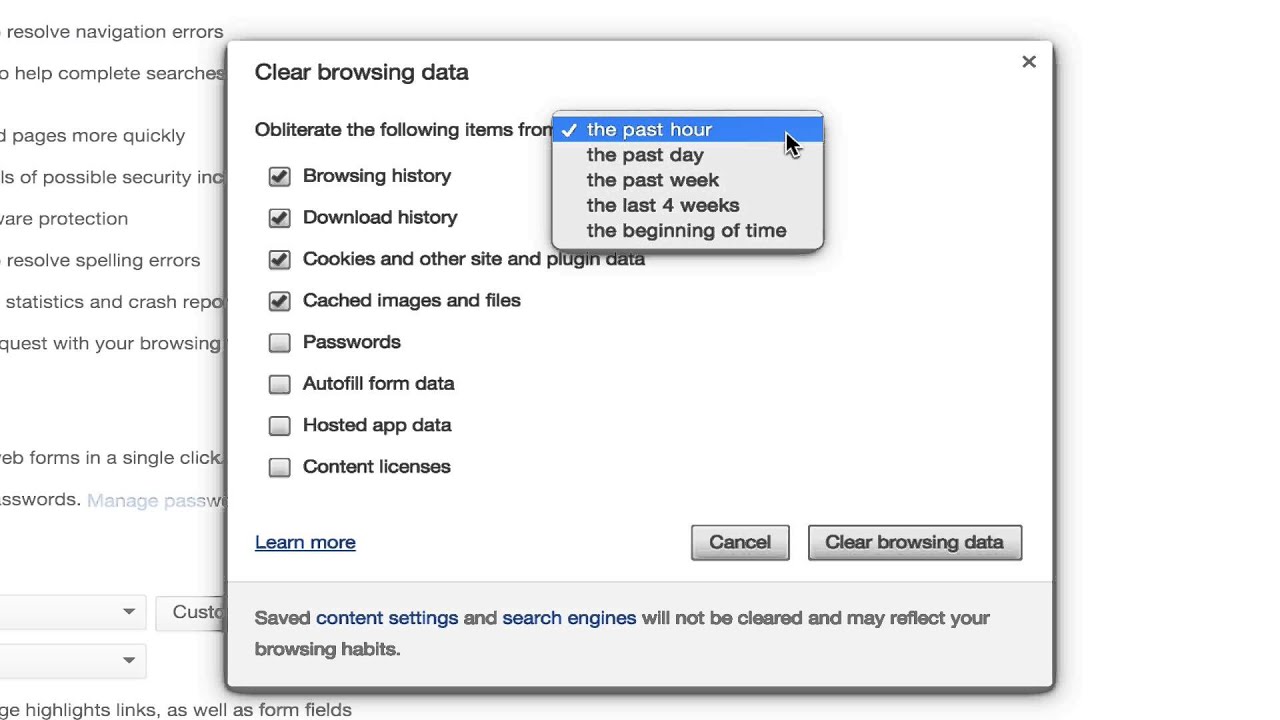Introduction
In today's digital age, web browsers have become an integral part of our daily lives. Whether it's for work, entertainment, or staying connected with the world, we rely on browsers to access a myriad of websites and online services. However, as we navigate the vast expanse of the internet, our browsers accumulate a wealth of data in the form of cached files, cookies, and browsing history. While this data serves the purpose of enhancing our browsing experience by speeding up page load times and storing website preferences, it can also lead to certain drawbacks.
Over time, the accumulation of cached data can potentially slow down the browser's performance, consume valuable storage space, and even lead to privacy concerns. This is where the importance of clearing browser cache comes into play. By regularly clearing the cache, users can ensure that their browsers operate at optimal efficiency, maintain adequate storage space, and safeguard their privacy by removing potentially sensitive information.
In this comprehensive guide, we will delve into the intricacies of clearing browser cache in three of the most popular web browsers for Windows 10: Google Chrome, Mozilla Firefox, and Microsoft Edge. By following the step-by-step instructions provided for each browser, users can gain a better understanding of how to effectively clear their browser cache and reap the benefits of a smoother and more secure browsing experience. So, let's embark on this journey to optimize our browsers and unlock their full potential.
Why Clearing Browser Cache is Important
Clearing the browser cache is a crucial maintenance task that offers several significant benefits for users. As we traverse the digital landscape, our browsers diligently store various types of data, including images, scripts, and other resources from websites we visit. While this caching mechanism aims to enhance browsing speed and performance, it can also lead to certain issues if left unattended.
One of the primary reasons to clear the browser cache is to ensure optimal performance. Over time, the accumulation of cached data can lead to a bloated cache, potentially slowing down the browser's responsiveness and page loading times. By clearing the cache, users can effectively declutter their browsers, allowing for smoother and more efficient browsing experiences.
Moreover, clearing the browser cache can free up valuable storage space on the device. As cached data continues to accumulate, it can consume a significant amount of storage, particularly on devices with limited disk space. By regularly clearing the cache, users can reclaim this space and prevent their devices from becoming burdened with unnecessary data.
Privacy and security considerations also underscore the importance of clearing the browser cache. Cached data may include sensitive information such as login credentials, cookies, and browsing history. If left uncleared, this data poses a potential security risk, especially when using shared or public devices. By clearing the cache, users can mitigate the risk of unauthorized access to their personal information and maintain a higher level of privacy and security while browsing the web.
Additionally, clearing the cache can help resolve certain browsing issues. Outdated or corrupted cached files may lead to website display errors, broken functionalities, or other browsing anomalies. By clearing the cache, users can ensure that their browsers fetch the latest versions of web resources, potentially resolving these issues and improving overall browsing stability.
In essence, clearing the browser cache is essential for optimizing performance, reclaiming storage space, enhancing privacy and security, and resolving potential browsing issues. By incorporating this maintenance task into their regular browsing routine, users can ensure that their browsers operate at their best, providing a seamless and secure online experience.
How to Clear Browser Cache in Google Chrome
Clearing the browser cache in Google Chrome is a straightforward process that can be accomplished in just a few simple steps. By following the instructions below, users can effectively clear the cache and optimize their browsing experience.
-
Open Google Chrome Settings: Begin by launching Google Chrome on your Windows 10 device. In the top-right corner of the browser window, click on the three-dot menu icon to open the Chrome menu. From the menu, select "Settings" to access the browser's settings and customization options.
-
Access Advanced Settings: Within the Settings menu, scroll down to the bottom and click on "Advanced" to reveal additional settings and options.
-
Clear Browsing Data: Under the "Privacy and security" section, locate and click on "Clear browsing data." This action will open the "Clear browsing data" window, allowing users to specify the types of data they wish to clear.
-
Choose Data to Clear: In the "Clear browsing data" window, users can select the types of data they want to clear. To clear the browser cache, ensure that the "Cached images and files" option is checked. Users can also choose to clear other types of data such as browsing history, cookies, and more, based on their preferences.
-
Select Time Range: Users can further specify the time range for which they want to clear the cached data. Options include "Last hour," "Last 24 hours," "Last 7 days," "Last 4 weeks," and "All time." Select the desired time range or choose "All time" to clear all cached data from the beginning of Chrome usage.
-
Initiate Clearing Process: Once the desired options are selected, click on the "Clear data" button to initiate the clearing process. Google Chrome will proceed to clear the specified types of data, including the browser cache, based on the selected time range.
By following these steps, users can effectively clear the browser cache in Google Chrome, optimizing the browser's performance, reclaiming storage space, and enhancing privacy and security. Regularly clearing the cache can contribute to a smoother and more efficient browsing experience, ensuring that Chrome operates at its best on Windows 10 devices.
How to Clear Browser Cache in Mozilla Firefox
Clearing the browser cache in Mozilla Firefox is a simple yet effective way to optimize the browser's performance and enhance the browsing experience on Windows 10. By following the step-by-step process outlined below, users can efficiently clear the cache and reap the benefits of a smoother and more secure browsing environment.
-
Accessing Firefox Options: To begin the process, open Mozilla Firefox on your Windows 10 device. In the top-right corner of the browser window, click on the three-line menu icon to access the Firefox menu. From the menu, select "Options" to enter the browser's settings and customization panel.
-
Navigating to Privacy & Security Settings: Within the Options panel, navigate to the "Privacy & Security" tab located on the left-hand side. This section houses various privacy and security settings, including options for clearing browsing data.
-
Clearing Cached Web Content: Under the "Cookies and Site Data" section, click on the "Clear Data…" button. This action will open the "Clear Data" window, allowing users to specify the types of data they wish to clear from Firefox.
-
Selecting Data to Clear: In the "Clear Data" window, ensure that the "Cached Web Content" option is checked. Users can also choose to clear other types of data such as cookies and site data based on their preferences. Once the desired options are selected, click on the "Clear" button to initiate the clearing process.
-
Confirmation and Completion: Upon clicking "Clear," Firefox will proceed to clear the specified types of data, including the browser cache. Once the process is complete, a confirmation message will indicate that the selected data has been successfully cleared from the browser.
By following these straightforward steps, users can effectively clear the browser cache in Mozilla Firefox, leading to improved browsing performance, enhanced privacy and security, and the reclamation of valuable storage space on their Windows 10 devices. Regularly clearing the cache in Firefox contributes to a seamless and efficient browsing experience, ensuring that the browser operates at its best and delivers an optimal user experience.
This simple maintenance task can have a significant impact on Firefox's performance, making it an essential practice for users seeking to maintain a smooth and secure browsing environment on their Windows 10 devices.
How to Clear Browser Cache in Microsoft Edge
Clearing the browser cache in Microsoft Edge is a fundamental maintenance task that can significantly enhance the browsing experience on Windows 10. By following the step-by-step process outlined below, users can efficiently clear the cache and optimize the performance of Microsoft Edge.
-
Accessing Microsoft Edge Settings: To initiate the process, open Microsoft Edge on your Windows 10 device. In the top-right corner of the browser window, click on the three-dot menu icon to access the Edge menu. From the menu, select "Settings" to enter the browser's settings and customization panel.
-
Navigating to Clear Browsing Data: Within the Settings panel, navigate to the "Privacy, search, and services" tab located on the left-hand side. This section houses various privacy and browsing data settings, including the option to clear browsing data.
-
Clearing Browsing Data: Under the "Clear browsing data" section, click on the "Choose what to clear" button. This action will open the "Clear browsing data" window, allowing users to specify the types of data they wish to clear from Microsoft Edge.
-
Selecting Data to Clear: In the "Clear browsing data" window, ensure that the "Cached images and files" option is checked. Users can also choose to clear other types of data such as browsing history, cookies, and more, based on their preferences. Once the desired options are selected, click on the "Clear now" button to initiate the clearing process.
-
Confirmation and Completion: Upon clicking "Clear now," Microsoft Edge will proceed to clear the specified types of data, including the browser cache. Once the process is complete, a confirmation message will indicate that the selected data has been successfully cleared from the browser.
By following these straightforward steps, users can effectively clear the browser cache in Microsoft Edge, leading to improved browsing performance, enhanced privacy and security, and the reclamation of valuable storage space on their Windows 10 devices. Regularly clearing the cache in Microsoft Edge contributes to a seamless and efficient browsing experience, ensuring that the browser operates at its best and delivers an optimal user experience.
This simple maintenance task can have a significant impact on Microsoft Edge's performance, making it an essential practice for users seeking to maintain a smooth and secure browsing environment on their Windows 10 devices.
Conclusion
In conclusion, the process of clearing the browser cache in Google Chrome, Mozilla Firefox, and Microsoft Edge is a fundamental maintenance task that holds significant benefits for users on Windows 10. By regularly clearing the cache, users can optimize their browsing experience, enhance privacy and security, and reclaim valuable storage space on their devices.
The accumulation of cached data over time can lead to decreased browser performance, slower page loading times, and potential privacy concerns. However, by following the simple and intuitive steps outlined for each browser, users can effectively clear the cache and mitigate these issues.
Clearing the browser cache not only contributes to improved browsing performance but also ensures that users can navigate the web with enhanced privacy and security. By removing potentially sensitive information such as login credentials, cookies, and browsing history, users can minimize the risk of unauthorized access to their personal data, especially when using shared or public devices.
Furthermore, the process of clearing the cache allows users to reclaim valuable storage space on their Windows 10 devices. As cached data accumulates, it can consume a significant amount of storage, particularly on devices with limited disk space. Regularly clearing the cache helps users free up this space, ensuring that their devices operate efficiently and have ample storage for other essential tasks.
By incorporating the practice of clearing the browser cache into their regular browsing routine, users can maintain a seamless and secure browsing environment across Google Chrome, Mozilla Firefox, and Microsoft Edge. This simple yet impactful maintenance task empowers users to optimize their browsers, ensuring that they operate at their best and deliver an optimal user experience.
In essence, the process of clearing the browser cache serves as a proactive measure to enhance browsing performance, safeguard privacy and security, and manage storage space effectively. By understanding and implementing these steps, users can navigate the digital landscape with confidence, knowing that their browsers are optimized for a smooth and secure browsing experience on Windows 10.

























